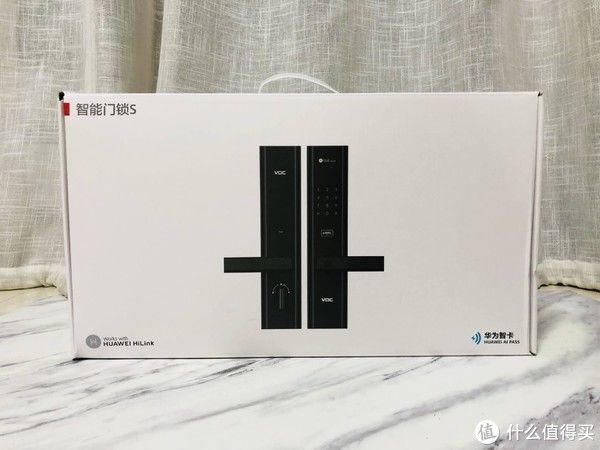Go具有不同的方法来实现面向对象的概念。 Go没有类和继承。通过其强大的界面来满足这些要求。
接口提供对象的行为:如果可以做到这一点, 则可以在这里使用它。
接口定义了一组抽象方法, 并且不包含任何变量。
【Go使用接口】句法:
type Namer interface {
Method1(param_list) return_type
Method2(param_list) return_type
...
}其中Namer是接口类型。
通常, 接口名称由方法名称加上后缀[e] r组成, 例如打印机, 读取器, 写入器, 记录器, 转换器等。
- 类型不必明确声明它实现了一个接口:接口是隐式满足的。多种类型可以实现相同的接口。
- 实现接口的类型也可以具有其他功能。
- 一个类型可以实现许多接口。
- 接口类型可以包含对实现接口的任何类型的实例的引用
package main
import (
"fmt"
)
type vehicle interface {
accelerate()
}
func foo(v vehicle){
fmt.Println(v)}
type car struct {
model string
color string
}
func (c car) accelerate(){
fmt.Println("Accelrating?")}
type toyota struct {
model string
color string
speed int
}
func (t toyota) accelerate(){
fmt.Println("I am toyota, I accelerate fast?")
}
func main() {
c1 := car{"suzuki", "blue"}
t1:= toyota{"Toyota", "Red", 100}
c1.accelerate()
t1.accelerate()
foo(c1)
foo(t1)
}输出:
Accelrating...
I am toyota, I accelerate fast...
{suzuki blue}
{Toyota Red 100}










